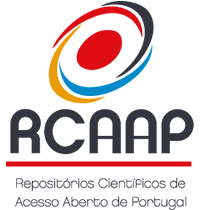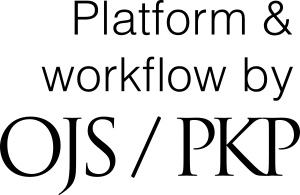Developing robust heterotypic 3D lung cancer cultures for drug screening: preliminary results
DOI:
https://doi.org/10.48797/sl.2024.228Keywords:
PosterAbstract
Background: To propel advancements in cancer treatment, it is imperative to conduct initial drug testing using in vitro models. In laboratory settings, the efficacy of most compounds is rigorously evaluated through 2D cell cultures. However, many compounds showing promise in these models fail to perform similarly in preclinical or clinical trials, prolonging the timeline for developing effective drugs for human use [1,2]. Therefore, substantial research efforts are focused on creating in vitro models that better mimic the in vivo tumor microenvironment, as demonstrated by the exploration of 3D cell culture systems [3]. Objective: to implement a standard protocol for heterotypic 3D lung cancer cultures, aiming to provide a more effective alternative for anticancer drug screening. Methods: Monocytes were polarized into macrophages 72 hours prior seeding by adding phorbol-12-myristate-13-acetate. A549 lung cancer cells were then co-cultured with polarized macrophages (THP-1), lung fibroblasts (IMR-90), and lung endothelial cells (HPMEC) on ultralow attachment plates and monitored for 10 days. Spheroids were photographed on days 2, 4, and 6 post-seeding. Results: During the initial protocol standardization, different cell ratios were tested: i) 10,000 cells/well with a ratio of 1:3:3:10 for A549, THP-1, IMR-90, and HPMEC, respectively; ii) 8,000 cells/well with a ratio of 3:3:3:10; and iii) 10,000 cells/well with a ratio of 3:3:3:10. Surprisingly, none of the ratios consistently generated a single spheroid. To address this issue and aid spheroid compaction, a centrifugation step was introduced immediately after plating at either 1000 RPM for 10 minutes at 22°C or 4000 RPM for 10 minutes at 22°C. Notably, centrifugation at 4000 RPM for 10 minutes at 22°C proved most effective in producing single, compact, robust spheroids with an appropriate diameter (>350 nm). Conclusions: Our initial findings indicate successful development of single heterotypic 3D lung cancer spheroids. Standardization of histological analyses is ongoing, and further experiments will be undertaken to characterize this novel in vitro model of lung cancer.References
1. Kitaeva, K.V.; Rutland, C.S.; Rizvanov, A.A.; Solovyeva, V.V. Cell Culture Based in vitro Test Systems for Anticancer Drug Screening. Front Bioeng Biotechnol (2020), 8, 322.
2. Tosca, E.M.; Ronchi, D.; Facciolo, D.; Magni, P. Replacement, Reduction, and Refinement of Animal Experiments in Anticancer Drug Development: The Contribution of 3D In Vitro Cancer Models in the Drug Efficacy Assessment. Biomedicines (2023), 11.
3. Pinto, B.; Henriques, A.C.; Silva, P.M.A.; Bousbaa, H. Three-Dimensional Spheroids as In Vitro Preclinical Models for Cancer Research. Pharmaceutics (2020), 12.
Downloads
Published
How to Cite
Issue
Section
License
Copyright (c) 2024 Bárbara Pinto, Patrícia M. A. Silva, Bruno Sarmento, Juliana Carvalho-Tavares, Hassan Bousbaa

This work is licensed under a Creative Commons Attribution 4.0 International License.
In Scientific Letters, articles are published under a CC-BY license (Creative Commons Attribution 4.0 International License), the most open license available. The users can share (copy and redistribute the material in any medium or format) and adapt (remix, transform, and build upon the material for any purpose, even commercially), as long as they give appropriate credit, provide a link to the license, and indicate if changes were made (read the full text of the license terms and conditions of use).
The author is the owner of the copyright.









